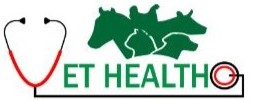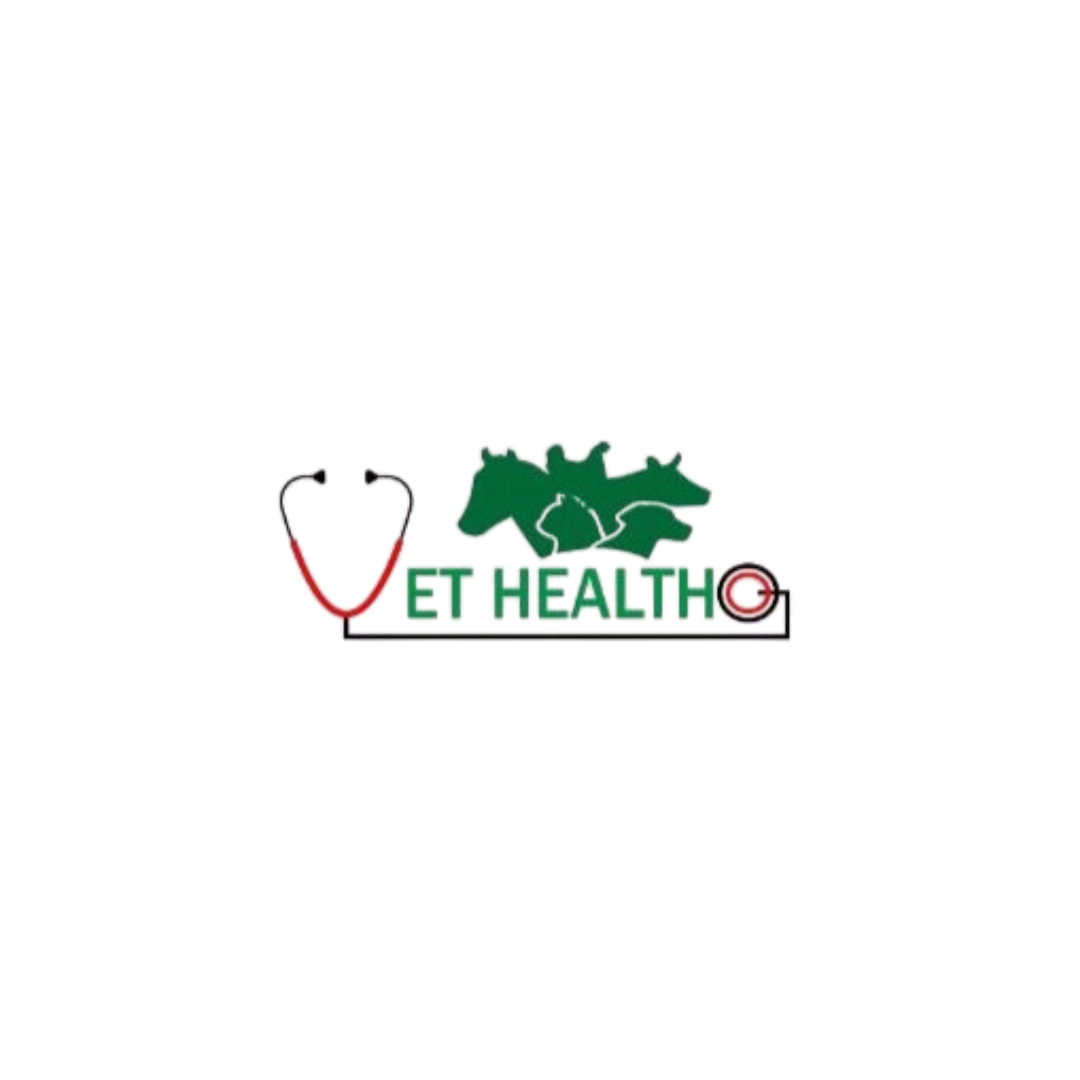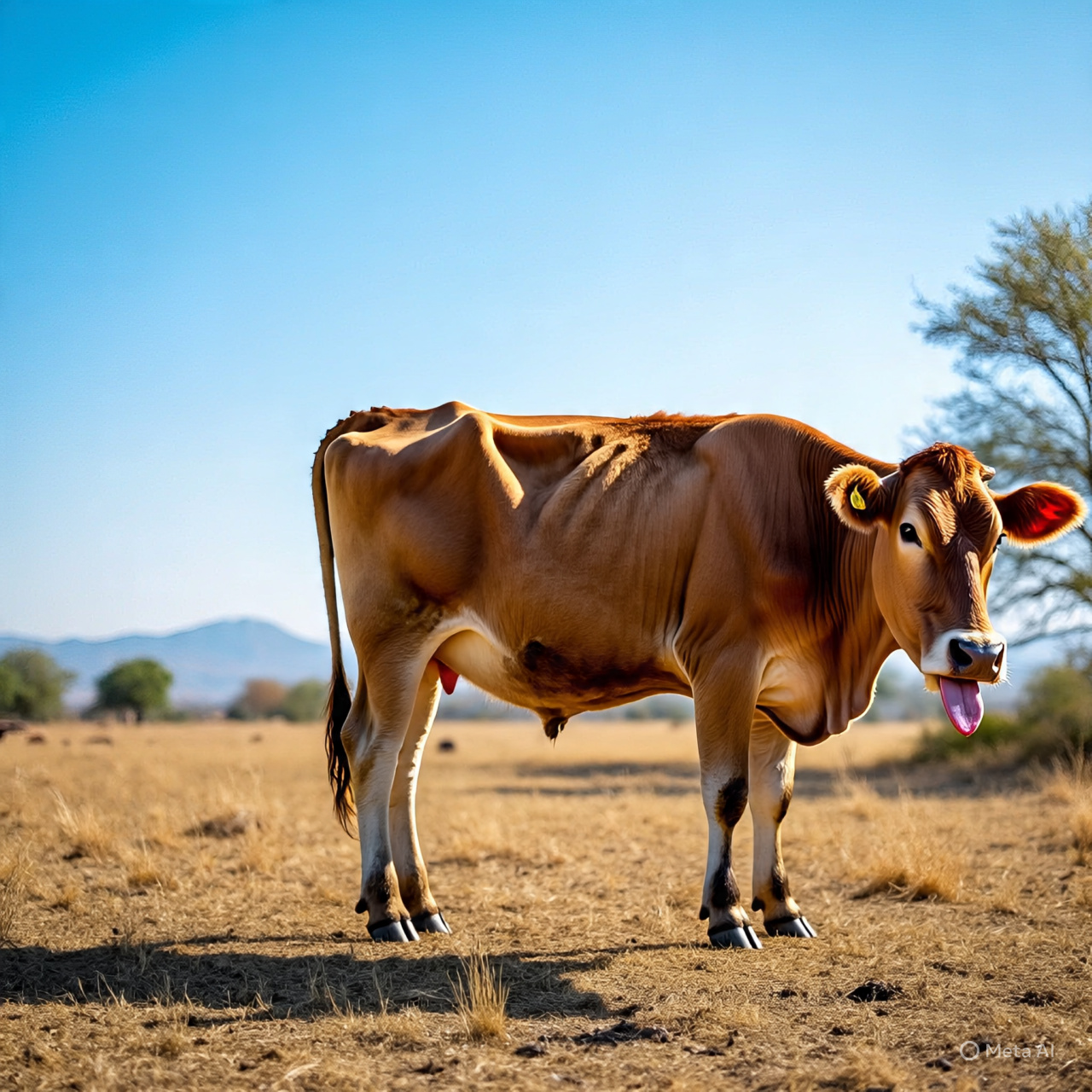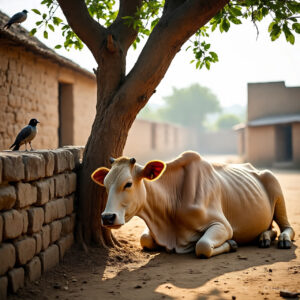✅ Introduction:
Heat stress is a growing problem in dairy and beef cattle, especially during hot summer months.
This issue can lead to reduced milk yield, fertility issues, and even death in extreme cases.
Understanding the early signs of heat stress in cows is essential for every farmer.
By recognizing the symptoms early, you can prevent serious health complications.
This article will help you identify the causes, symptoms, and simple ways to avoid heat stress in your herd.
🐄 What is Heat Stress in Cows?
Heat stress occurs when a cow cannot regulate its body temperature properly.
It usually happens in hot, humid conditions or when cows are overcrowded.
Cattle begin to absorb more heat than they release.
This affects their comfort, production, and immune system.
🌡️ Causes of Heat Stress in Cattle
- High temperature and humidity
- Lack of shade or water
- Overcrowding in sheds or feeding areas
- Poor ventilation in barns
- Transportation during hot hours
- High milk production rate (more internal heat)
- Dark coat colors (absorb more heat)
❗ Early Signs of Heat Stress in Cows
Watch out for these clear signs:
- Increased breathing rate
- Open-mouth panting
- Excessive drooling or saliva
- Reduced feed intake
- Less movement or lethargy
- Grouping together in shade
- Standing for long periods (less lying)
- Drop in milk production
- Raised body temperature
- Restlessness or agitation
These signs may vary depending on age, breed, and weather.
🧪 How to Check for Heat Stress
Check these parameters:
- Respiratory rate: More than 80 breaths per minute
- Rectal temperature: Above 103°F (39.4°C)
- Behavior: Avoiding feed, seeking shade
Use a thermometer to check body temperature.
Observe breathing patterns and posture.
Check milk records for sudden drops.
🚨 Severe Heat Stress Signs
If ignored, heat stress can become fatal.
These are dangerous signs:
- Muscle tremors
- Uncontrolled drooling
- Unable to stand
- Staggering
- Rapid heart rate
- Collapse or death
Immediate action is needed in such cases.
💧 Prevention Tips for Heat Stress
- Provide Clean and Cool Drinking Water
Cows need more water in summer.
Ensure water is always available and clean. - Offer Shade
Trees or shade structures protect from direct sunlight.
Move cattle to shaded areas during peak heat hours. - Use Fans or Sprinklers
Barn ventilation is crucial.
Fans and water misters reduce body temperature. - Feed During Cool Hours
Early morning or evening is ideal.
Avoid feeding in the afternoon. - Avoid Overcrowding
Allow enough space in shelters and feeding zones. - Monitor Weather
Use the Temperature-Humidity Index (THI).
This tool helps predict heat stress risks. - Nutritional Support
Provide electrolytes and salt licks.
Consult your vet for summer feed adjustments. - Transport Wisely
Avoid transporting animals during peak heat.
Prefer early morning or late evening hours.
📅 Impact of Heat Stress on Milk Production
Heat-stressed cows eat less.
This leads to reduced energy and milk yield.
Fertility also drops due to hormonal changes.
Cows may miss heat cycles or fail to conceive.
Lactating cows are especially sensitive.
Their internal heat production is higher.
Heat stress leads to huge losses in dairy farms.
🌿 Natural Remedies to Reduce Heat
- Neem leaf water baths
- Mixing buttermilk or jaggery in water
- Aloe vera or shatavari supplements
- Herbal coolants (under vet advice)
These are low-cost and safe options.
Always consult a vet before use.
👨⚕️ Role of Veterinarians
Veterinarians help monitor cow health in summer.
They provide supplements and nutritional advice.
They detect early signs and suggest treatment.
Routine check-ups are vital in hot months.
📈 Long-Term Solutions for Farmers
- Invest in shaded structures
- Improve barn ventilation
- Train staff to detect signs early
- Keep records of cow temperature and milk yield
- Rotate grazing to avoid overexposure
- Use breeding programs to select heat-tolerant breeds
🧠 Quick Recap
| Symptom | Action Needed |
|---|---|
| Drooling, panting | Move to shade, give water |
| Low milk yield | Check feed and water supply |
| Staggering or collapse | Call vet immediately |




